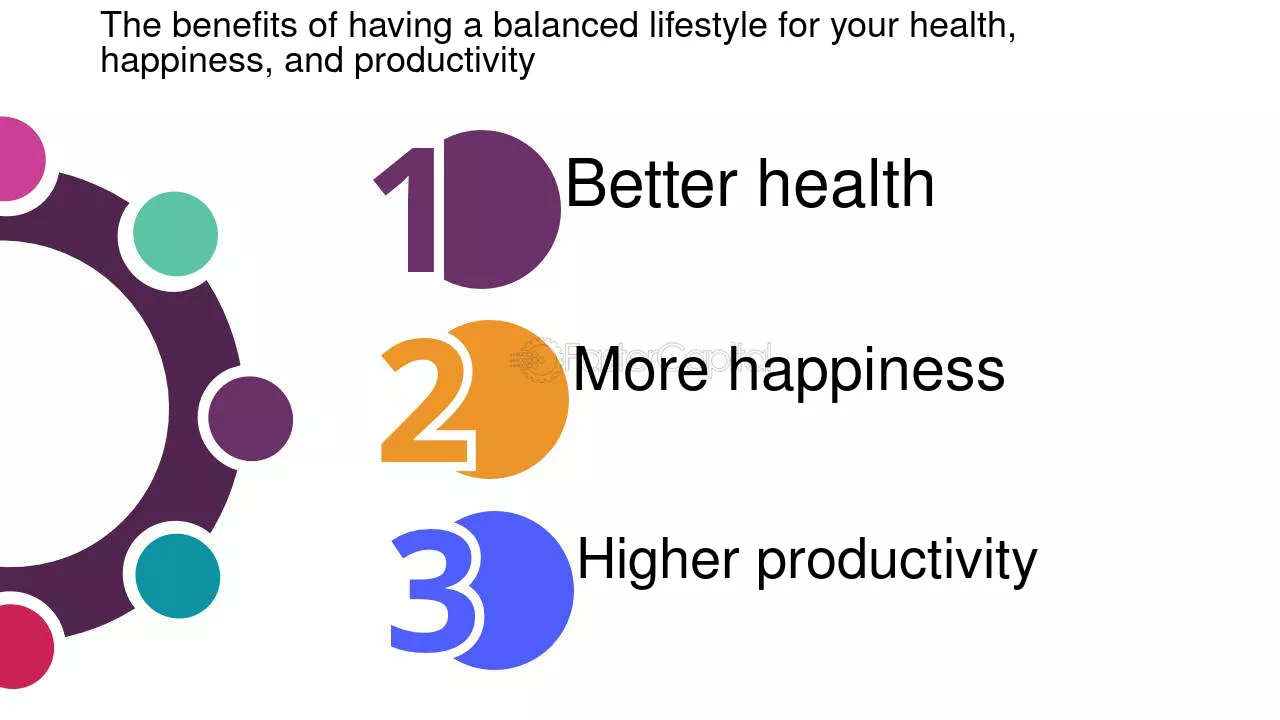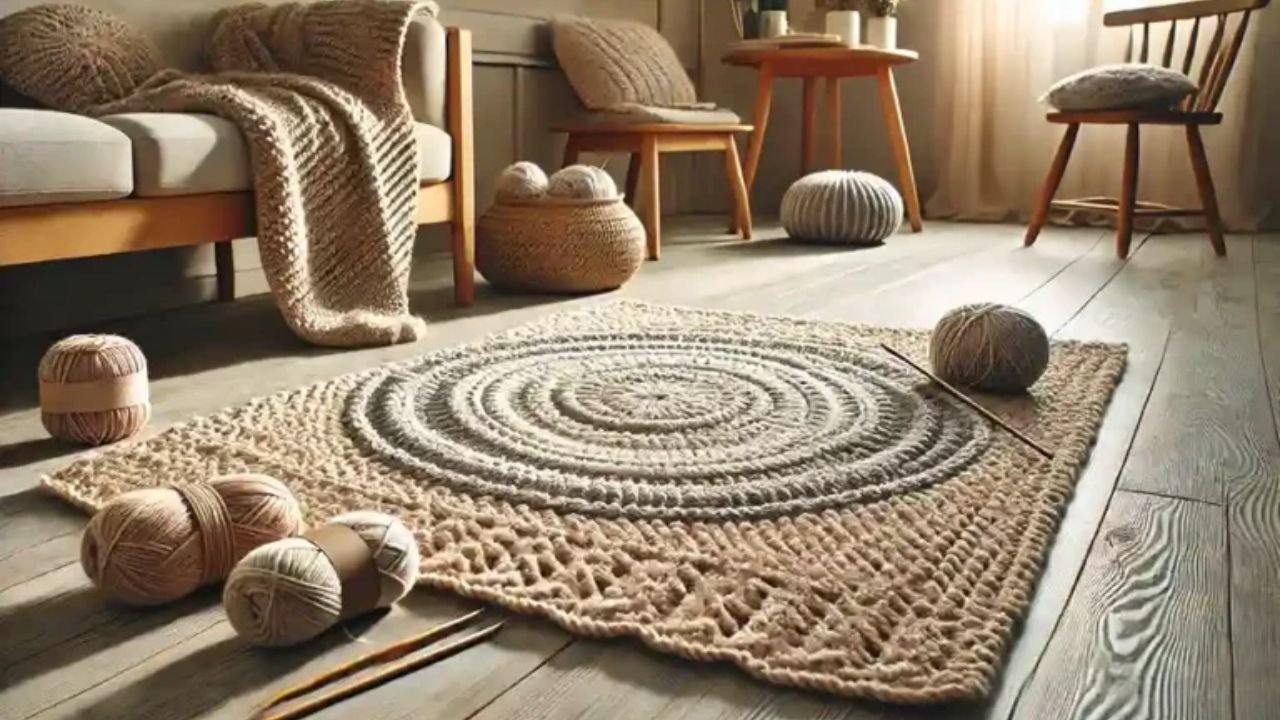Fashion
Andrew Santino’s Wife Everything We Know About Their Marriage

Introduction To Andrew Santino Wife
Andrew Santino, the comedic powerhouse behind hit stand-up specials and popular podcasts, has built a reputation for his quick wit and engaging humor. While fans are well-acquainted with his on-stage persona, many are curious about the personal life of this talented comedian, particularly when it comes to his relationship status and his wife. Andrew Santino’s wife, although not in the limelight as much as he is, plays an essential role in his life.
Who Is Andrew Santino’s Wife?
Despite his rising fame and increasing presence in the entertainment industry, Andrew Santino has managed to keep his personal life relatively private. Details about his wife are scarce, as Santino has chosen to keep his marriage away from the public eye. This decision has only added to the curiosity among his fans, who are eager to know more about the woman who shares her life with the comedian.
Andrew Santino’s Approach to Privacy
In an industry where every move is scrutinized by the public and media, Andrew Santino’s approach to keeping his personal life private is commendable. He rarely discusses his marriage or wife in interviews, and when he does, it’s often with a humorous twist that reveals little about his personal life. This protective stance highlights his desire to separate his work from his home life, ensuring that his wife remains out of the spotlight.
Why Is There So Little Information About Andrew Santino’s Wife?
The lack of information about Andrew Santino’s wife is primarily due to the comedian’s deliberate effort to maintain privacy. In a world where celebrities often share intimate details of their lives on social media, Santino’s choice to keep his marriage private is both refreshing and intriguing. This decision reflects his desire to protect his wife from the intense scrutiny that comes with fame.
The Impact of Fame on Celebrity Relationships
Fame can be a double-edged sword for celebrities, particularly when it comes to their personal relationships. The constant attention and pressure can strain even the strongest of bonds. However, Andrew Santino’s ability to keep his marriage private suggests a strong, supportive relationship that has withstood the pressures of his career. His wife’s absence from the public eye indicates a mutual understanding between the couple regarding the importance of maintaining their privacy.
Andrew Santino’s Jokes About Marriage
Although Santino rarely talks about his wife in public, he often incorporates jokes about marriage into his stand-up routines. These jokes, while humorous, offer a glimpse into his views on relationships and commitment. However, it’s important to note that Santino’s on-stage persona is just that—a persona. The jokes, while reflective of his comedic style, may not necessarily represent his actual views on his marriage.
Conclusion
Andrew Santino’s approach to his marriage reflects a deep respect for his wife and their relationship. By keeping his personal life private, he has successfully shielded his marriage from the challenges that often accompany fame. While fans may be curious about Andrew Santino’s wife, it’s clear that his decision to maintain privacy is a conscious one, aimed at preserving the sanctity of their relationship. This choice only adds to the allure of Andrew Santino, making him not only a talented comedian but also a person who values and protects the important aspects of his life.
FAQs
Is Andrew Santino married?
Yes, Andrew Santino is married, but he keeps details about his wife and their relationship private.
Does Andrew Santino talk about his wife in his comedy?
While Andrew Santino often makes jokes about marriage in his routines, he rarely shares personal details about his own marriage.
Why is there little information about Andrew Santino’s wife?
Andrew Santino prefers to keep his personal life private, including details about his wife, to maintain a separation between his public and private lives.
How does Andrew Santino maintain his privacy?
Andrew Santino maintains his privacy by avoiding discussions about his personal life in interviews and on social media.
Does Andrew Santino share pictures of his wife?
No, Andrew Santino does not share pictures of his wife on social media, further protecting their privacy.

Fashion
The Ultimate Guide to a Balanced Lifestyle: A Path to Health, Happiness, and Success

The Ultimate Guide to a Balanced Lifestyle: A Path to Health, Happiness, and Success. In today’s fast-paced world, the concept of a balanced lifestyle is more important than ever. Many of us juggle demanding careers, personal relationships, health goals, and leisure activities, often feeling like there’s never enough time to balance it all. However, adopting a healthy lifestyle is not just about organizing your time better; it’s about nurturing your mind, body, and soul to achieve long-term happiness and well-being. This article delves into the essentials of a balanced lifestyle, covering key areas such as physical health, mental well-being, relationships, work-life harmony, and personal growth.
What is a Balanced Lifestyle?
A balanced lifestyle refers to an approach to living that prioritizes health, well-being, and personal fulfillment. It involves finding harmony across all aspects of life, including work, family, health, and leisure. A well-balanced life doesn’t mean achieving perfection in every area, but rather creating a routine that meets your needs and aligns with your values.
Key components of a balanced lifestyle include:
- Physical health: Regular exercise, nutritious eating, and adequate sleep.
- Mental health: Stress management, mindfulness, and emotional resilience.
- Relationships: Strong connections with family, friends, and your community.
- Personal growth: Pursuing hobbies, learning new skills, and achieving personal goals.
Physical Health: The Foundation of a Balanced Lifestyle
Your physical health is the cornerstone of a balanced lifestyle. Without a healthy body, it becomes challenging to excel in other areas of life.
Nutrition
Eating a balanced diet is essential for maintaining energy, preventing diseases, and improving your mood. A healthy diet should include:
- Whole foods: Fruits, vegetables, whole grains, and lean proteins.
- Hydration: Drinking enough water throughout the day.
- Moderation: Avoiding processed foods and excessive sugar.
Exercise
Regular physical activity helps improve both physical and mental health. Aim for at least 150 minutes of moderate-intensity exercise per week, which could include:
- Cardiovascular activities like jogging or cycling.
- Strength training to build muscle and improve bone health.
- Yoga or stretching exercises to enhance flexibility and reduce stress.
Sleep
Quality sleep is often overlooked but is vital for maintaining energy and focus. Adults should aim for 7-9 hours of sleep per night. Tips for better sleep include:
- Creating a consistent sleep schedule.
- Avoiding screens before bed.
- Practicing relaxation techniques like deep breathing.
Mental Well-being: Nurturing Your Mind
Mental health is just as important as physical health in achieving a balanced It involves managing stress, staying positive, and maintaining emotional stability.
Stress Management
Chronic stress can lead to physical and emotional burnout. To manage stress effectively:
- Practice mindfulness meditation to stay present and calm.
- Organize your tasks using prioritization techniques like the Eisenhower Matrix.
- Take breaks throughout the day to recharge.
Positive Thinking
Cultivating a positive mindset can enhance your overall outlook on Ways to foster positivity include:
- Keeping a gratitude journal.
- Surrounding yourself with supportive people.
- Reframing challenges as opportunities for growth.
Mental Resilience
Building mental resilience helps you handle adversity with confidence. Strengthen your resilience by:
- Setting realistic goals and celebrating small wins.
- Practicing self-compassion and forgiving yourself for mistakes.
- Seeking professional help if needed, such as therapy or counseling.
Relationships: Building Strong Connections
Humans are social beings, and relationships play a significant role in our happiness and well-being. Investing time in building and maintaining healthy relationships is crucial.
Family and Friends
Strong relationships with family and friends provide emotional support and a sense of belonging. To nurture these connections:
- Schedule regular quality time, like family dinners or coffee dates.
- Communicate openly and listen actively.
- Resolve conflicts with empathy and understanding.
Community
Being part of a community fosters a sense of purpose. Ways to engage include:
- Volunteering for a cause you care about.
- Joining clubs or groups that align with your interests.
- Attending local events or workshops.
Romantic Relationships
For those in romantic partnerships, maintaining a healthy relationship requires effort and commitment. Focus on:
- Clear communication and expressing appreciation.
- Spending quality time together without distractions.
- Working through challenges as a team.
Work-Life Harmony: The Key to Avoiding Burnout
Balancing work and personal life is a challenge for many, but it’s essential for maintaining overall well-being.
Setting Boundaries
Creating clear boundaries between work and personal life can prevent burnout. Tips include:
- Turning off work notifications after office hours.
- Designating a specific workspace at home.
- Learning to say no to excessive demands.
Time Management
Effective time management allows you to make room for all aspects of your life. Strategies include:
- Using tools like calendars and to-do lists.
- Breaking tasks into smaller, manageable steps.
- Allocating time for relaxation and hobbies.
Finding Meaning in Work
Your career should align with your values and passions. If your current job doesn’t fulfill you, consider:
- Exploring new roles within your field.
- Pursuing further education or training.
- Transitioning to a career that excites you.
Personal Growth: Pursuing Your Passions
Personal growth is an ongoing journey that keeps life exciting and fulfilling. It’s about stepping out of your comfort zone and striving for continuous improvement.
Learning New Skills
Developing new skills boosts confidence and keeps your mind sharp. You can:
- Take online courses in areas like coding, cooking, or photography.
- Read books or listen to podcasts on topics of interest.
- Attend workshops or seminars.
Hobbies and Creativity
Engaging in hobbies allows you to express yourself and reduce stress. Whether it’s painting, gardening, or playing an instrument, find activities that bring you joy.
Setting Goals
Setting and achieving goals gives you a sense of purpose. Tips for effective goal-setting include:
- Using the SMART framework (Specific, Measurable, Achievable, Relevant, Time-bound).
- Breaking larger goals into smaller milestones.
- Reflecting on your progress regularly.
The Role of Leisure and Relaxation
Incorporating leisure into your routine is essential for recharging and maintaining a balanced lifestyle. Activities like traveling, watching movies, or spending time in nature can rejuvenate your spirit.
Travel and Exploration
Exploring new places broadens your perspective and provides a break from routine. Whether it’s a weekend getaway or an international trip, make time to travel.
Mindful Relaxation
Relaxation doesn’t always mean being idle. Mindful relaxation activities include:
- Reading a book or journaling.
- Practicing yoga or tai chi.
- Engaging in breathing exercises.
Overcoming Common Challenges
While striving for a balanced lifestyle, you may encounter obstacles. Here’s how to overcome them:
Lack of Time
- Focus on your priorities and delegate tasks when possible.
- Use the 80/20 rule: Identify the 20% of activities that yield 80% of the results.
- Limit time spent on non-essential activities like social media.
Procrastination
- Break tasks into smaller steps to make them more manageable.
- Set deadlines and hold yourself accountable.
- Reward yourself for completing tasks.
Self-Doubt
- Remind yourself of past successes to boost confidence.
- Surround yourself with supportive people who encourage you.
- Practice positive affirmations to combat negative thoughts.
Conclusion: Embracing a Lifestyle That Works for You
Living a balanced lifestyle is not about following a rigid formula; it’s about finding what works best for you. By prioritizing physical and mental health, fostering meaningful relationships, managing your time effectively, and pursuing personal growth, you can create a life that is fulfilling and harmonious.
Fashion
Fashion Design: The Art of Creating Style

Fashion design is more than just clothing—it’s an art form that blends creativity, craftsmanship, and cultural expression. From haute couture to streetwear, fashion designers influence the way we present ourselves to the world, creating trends that define eras and inspire individuality. This article explores the fascinating world of, its history, significance, and the skills required to succeed in the industry.
A Brief History of Fashion Design
As we know it began in the 19th century when Charles Frederick Worth established the first haute couture house in Paris. Known as the “father of haute couture,” Worth revolutionized fashion by creating personalized designs for his wealthy clientele, setting the foundation for modern fashion design. Over time, iconic designers such as Coco Chanel, Yves Saint Laurent, and Alexander McQueen shaped the industry with their innovative approaches.
Key milestones in the evolution of fashion design include:
- 1920s: The rise of flapper dresses and functional yet stylish clothing for women.
- 1960s: The youth revolution introduced bold colors, mini skirts, and experimentation.
- 1980s: Extravagance and power dressing dominated, reflecting cultural shifts.
- Today: Sustainability and inclusivity are reshaping the way fashion is designed and consumed.
The Role of Fashion Designers
Fashion designers create garments, accessories, and footwear that combine aesthetics and functionality. Their work involves:
- Research: Studying trends, cultural influences, and consumer needs.
- Sketching: Turning creative ideas into visual representations.
- Fabric Selection: Choosing materials that complement the design and purpose.
- Prototyping: Creating samples to test the design’s fit and appearance.
- Production: Collaborating with manufacturers to bring designs to life.
Modern fashion designers must balance artistry with market demands while considering ethical and sustainable practices.
Key Skills for Aspiring Fashion Designers
To succeed in this competitive field, aspiring designers need:
- Creativity: A strong sense of imagination to innovate and stand out.
- Technical Skills: Proficiency in sketching, pattern-making, and garment construction.
- Trend Awareness: Keeping up with global fashion trends and cultural shifts.
- Business Acumen: Understanding marketing, branding, and retail strategies.
- Sustainability Knowledge: Designing with eco-friendly materials and ethical practices in mind.
Sustainability in Fashion Design
The fashion industry is a significant contributor to environmental pollution, which has driven a shift towards sustainable design. Key approaches include:
- Using Eco-Friendly Fabrics: Organic cotton, recycled polyester, and biodegradable materials.
- Reducing Waste: Adopting zero-waste patterns and upcycling fabrics.
- Slow Fashion: Encouraging timeless, durable designs instead of fast trends.
- Ethical Practices: Ensuring fair wages and safe working conditions in production.
Designers like Stella McCartney and brands such as Patagonia have pioneered sustainable fashion, inspiring a new generation of environmentally conscious creators.
Cultural Impact of Fashion Design
Fashion is a reflection of culture and identity. Designers often draw inspiration from:
- Historical Events: Designs that reinterpret past styles.
- Cultural Heritage: Celebrating traditions through fabric and patterns.
- Social Movements: Advocating for inclusivity, gender fluidity, and body positivity.
For example, Virgil Abloh, founder of Off-White, seamlessly blended high fashion with streetwear, while designers like Christian Siriano champion inclusivity by designing for diverse body types.
How to Start a Career in Fashion Design
- Education: Pursue a degree in fashion design or related fields.
- Build a Portfolio: Showcase your creativity and technical skills through sketches, mood boards, and completed garments.
- Internships: Gain hands-on experience by working with established designers or brands.
- Networking: Attend fashion shows, join industry events, and connect with professionals.
- Stay Innovative: Continuously explore new trends, materials, and technologies.
The Future of Fashion Design
The future of fashion design will likely focus on technology and sustainability. Innovations like 3D printing, digital fashion, and AI-driven design tools are revolutionizing the industry. Meanwhile, the demand for eco-conscious fashion will push designers to create styles that prioritize planet-friendly practices without sacrificing creativity.
Conclusion
Fashion design is a dynamic and ever-evolving field that combines artistry, innovation, and cultural expression. Whether you’re captivated by bold runway creations or the subtle elegance of ready-to-wear collections, fashion design plays a crucial role in shaping how we express ourselves and interact with the world.
Fashion
The Evolution of Fashion is a dynamic and multifaceted

The Evolution of Fashion
The Evolution of fashion has evolved dramatically over the centuries, influenced by cultural shifts, technological advancements, and global interactions. In ancient times, clothing was primarily functional, designed to protect the body from the elements. However, even then, certain garments symbolized status and cultural identity. For instance, in ancient Egypt, linen clothing adorned with gold and intricate designs was a marker of wealth and power. Similarly, in ancient Rome, togas signified social rank, with different colors and patterns denoting specific statuses.
The Middle Ages saw clothing becoming more elaborate, reflecting the rigid class structures of the time. The Renaissance period, beginning in the 14th century, marked a turning point as fashion became an art form. Wealthy patrons commissioned garments made from luxurious fabrics like silk and velvet, adorned with intricate embroidery and jewels. The period also saw the birth of tailoring, with fitted garments that emphasized the human form.
The Industrial Revolution in the 18th and 19th centuries transformed fashion yet again. Mass production techniques made clothing more accessible, and the emergence of fashion magazines democratized trends. Paris emerged as the fashion capital, with designers like Charles Frederick Worth introducing the concept of haute couture. The 20th century brought further innovation, with each decade reflecting distinct styles—from the flapper dresses of the 1920s to the bold and experimental looks of the 1980s.
The Significance of Fashion
Fashion is more than just clothing; it is a reflection of societal values, cultural identity, and individual expression. Throughout history, fashion has served as a powerful tool for communication. During the 1960s, for example, the counterculture movement used fashion to challenge traditional norms. The adoption of tie-dye shirts, bell-bottoms, and unisex styles symbolized a rejection of conservative values and an embrace of freedom and equality.
Fashion also plays a significant role in shaping cultural identities. Traditional garments, such as the Japanese kimono, Indian saree, or Scottish kilt, carry deep cultural and historical significance. These pieces not only celebrate heritage but also serve as a means of preserving cultural traditions in an increasingly globalized world.
In addition to cultural expression, fashion is a major economic driver. The global fashion industry generates billions of dollars annually and provides employment to millions of people. From high-end designers to fast fashion retailers, the industry encompasses a wide range of players, each contributing to its vast and complex ecosystem.
Modern Fashion Trends
The modern fashion landscape is characterized by diversity and inclusivity. Designers and brands are increasingly embracing body positivity, gender-neutral clothing, and sustainable practices. Social media platforms like Instagram and TikTok have democratized fashion, allowing influencers and independent designers to reach global audiences without traditional gatekeepers.
Streetwear, once a niche subculture, has become a dominant force in fashion. Brands like Supreme, Off-White, and Nike have blurred the lines between luxury and casual wear, creating a new paradigm in the industry. Similarly, the resurgence of vintage and second-hand clothing reflects a growing awareness of sustainability and a desire for unique, personalized styles.
Technology is also reshaping fashion in unprecedented ways. Virtual reality, 3D printing, and digital fashion shows have become increasingly prevalent, especially in response to the COVID-19 pandemic. These innovations offer new possibilities for creativity while addressing logistical challenges.
Challenges in the Fashion Industry
Despite its vibrancy, the fashion industry faces significant challenges. One of the most pressing issues is sustainability. The rise of fast fashion has led to overproduction and waste, with devastating environmental consequences. According to reports, the fashion industry is responsible for approximately 10% of global carbon emissions and is a major contributor to water pollution. Addressing these issues requires a shift towards circular fashion models, where materials are recycled and reused, reducing waste and environmental impact.
Another challenge is labor exploitation. Many fast fashion brands rely on cheap labor in developing countries, where workers often face poor working conditions and low wages. The Rana Plaza disaster in 2013, where a garment factory in Bangladesh collapsed, highlighted the human cost of fast fashion and prompted calls for greater accountability and transparency.
The industry is also grappling with the need for greater inclusivity. While progress has been made in representing diverse body types, ethnicities, and gender identities, there is still a long way to go. The call for authentic representation has pushed brands to rethink their marketing strategies and design processes, aiming to create fashion that resonates with a broader audience.
Conclusion
Fashion is a powerful and ever-evolving force that mirrors the complexities of human society. From its historical roots to its modern manifestations, it has continually adapted to reflect changing values, technologies, and cultural landscapes. While the industry faces significant challenges, it also holds immense potential to drive positive change. By embracing sustainability, inclusivity, and innovation, fashion can continue to inspire and empower individuals and communities around the world.
-

 Home Improvement4 months ago
Home Improvement4 months agoHow to Crochet a Rug: 105 Best Patterns for Your Floor
-

 Blog4 months ago
Blog4 months agoMega Personal: The Future of Online Personal Ads
-

 Blog4 months ago
Blog4 months agoA Life Remembered The Obituary of Brennan Mosley
-

 Technology4 months ago
Technology4 months agoHow to Use SSIS 950 for Seamless ETL Workflows in SQL Server
-

 Blog4 months ago
Blog4 months agoThe Mysterious Legacy of Beldames Nyt as Explored by The New York Times
-

 Technology4 months ago
Technology4 months agoEditor Benjamin Tech Guru Keezy.co: The Visionary Behind a Digital Revolution
-

 Health4 months ago
Health4 months agoTwave of happy_: Riding the Tide of Emotional Well-being
-

 Technology4 months ago
Technology4 months ago70537865 Allis: The Engine that Transforms Agricultural Efficiency